After nearly two years, the final title in the Operation Rainfall trilogy, Pandora’s Tower, will be receiving its North American release. This is thanks to Xseed Games, and it’s easy to see why. The Last Story became their best selling title, despite being on a system that has been arguably dead for quite sometime.
I have yet to experience The Last Story myself, but I do see it gasping for air while being crushed by my mountainous backlog. I’ve continued to neglect it as I, instead, ended up putting a good seven hours into a European copy of Pandora’s Tower.
Pandora’s Tower is essentially a 3D hack ‘n slash dungeon crawler, with some simple puzzle solving elements. The player starts with only a sword, but gains other weapons from later dungeons, including the speedy twin blades and and the slow yet powerful scythe. They effect not only attack power, but attack range and character movement.
However, there’s no way to quickly swap equipment, so players aren’t intended to switch weapons on the fly during combat. While each weapon initially has a basic combo and a single special attack, additional combos for each weapon can be unlocked via upgrades. These additional combos are based off charging the main attack and feel like they disrupt the game’s flow. Combat often boils down to the player running around an enemy while charging their weapon.
Players do have a second weapon always available to them: a chain. It’s largely used to traverse the games’ dungeons by grappling onto objects or swinging off hooks. However, it can also be used in combat.
Pointing at enemies with the Wii Remote and pressing B will latch the chain onto them. This then leads into a variety of other actions, like throwing enemies, swinging them around to deal damage to other foes, binding them to other enemies and objects, and pulling on them to remove armor or deal damage. But like the charge combo, the chain doesn’t feel seamlessly integrated into combat.
Aiming the Wii Remote in the heat of battle doesn’t feel intuitive and the character feels strangely unresponsive before and after many of the chain-based moves.
So why are you running around and killing monsters? It’s a video game.
What are you talking about? You don’t need a reason, but Pandora’s Tower gives you one.
It’s all for your BFF Elena, who has been cursed. She’s slowly transforming into a monster, and time continues to progress while players are in dungeons. Feeding her raw beast flesh staves off the effects, but only eating Master Flesh obtained from the each tower’s boss can actually cure her.
The player’s relationship with Elena goes beyond just rolling chunks of flesh down her throat. Interacting with Elena plays like a basic dating sim, asking the player to chat with her and give her gifts to increase their bond. In response, she will frequently give gifts to the player or use the materials players bring her to craft things.
Keeping yourself nice and cozy with Elena is sort of the point of the game, which only makes it more potent when you accidentally neglect giving her beast flesh for too long, causing her deep suffering as she turns into a seizure monster blob thing. The game also has that lovely British localization that other Operation Rainfall titles were treated to. I’ve really enjoyed it in Pandora’s Tower and Xenoblade, and hope it’s something Nintendo continues with.
Elements of the game regarding Elena are actually pretty interesting, but unfortunately the gameplay itself is lacking. The fun factor feels missing whenever you dive into the dungeons, as the game doesn’t have the fluidity to be all that engaging. It’s a neat title and definitely one desperate Wii owners should keep an eye out for when it launches on March 26. But based off the time I spent with it, I wouldn’t expect to come into some stellar action game.




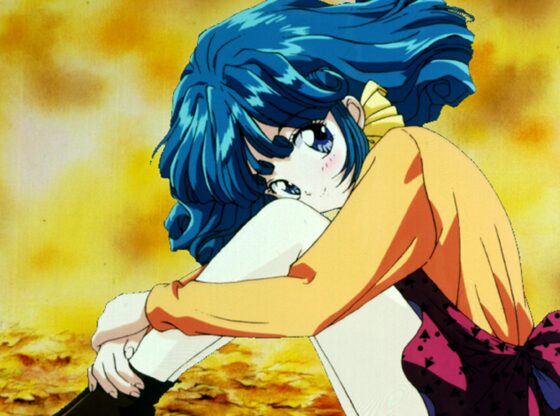

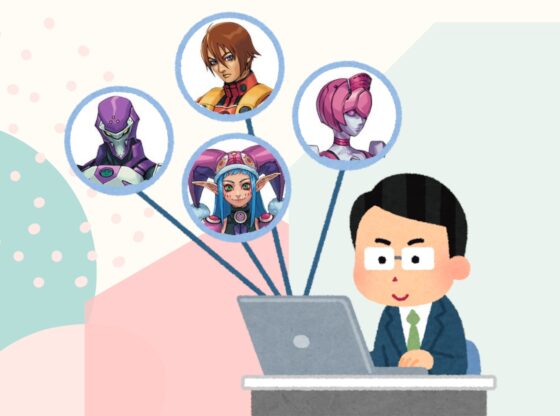
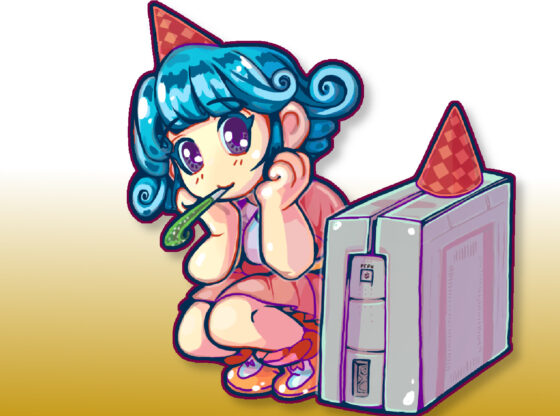
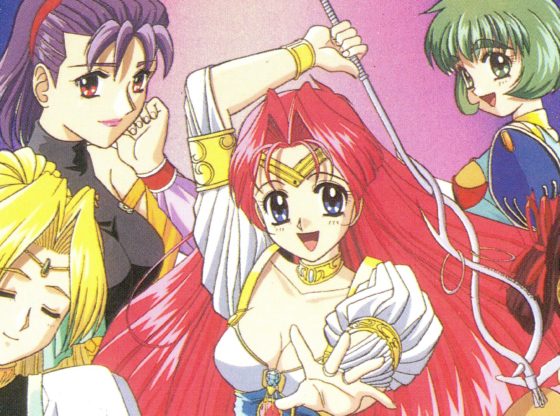

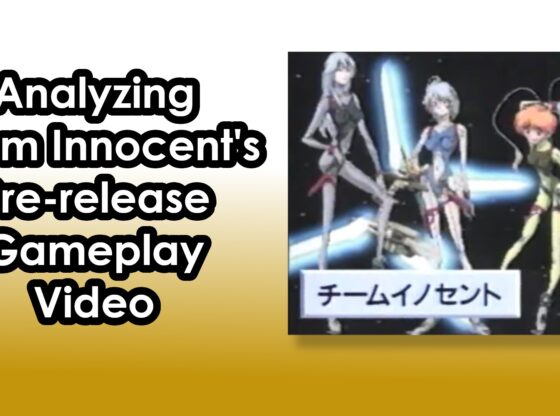
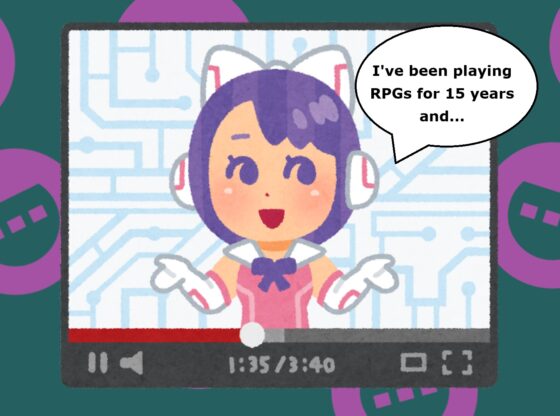
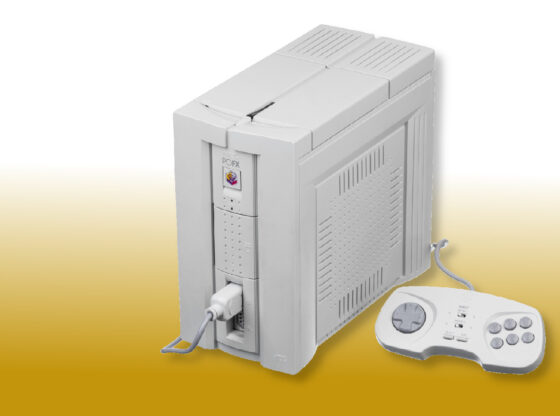
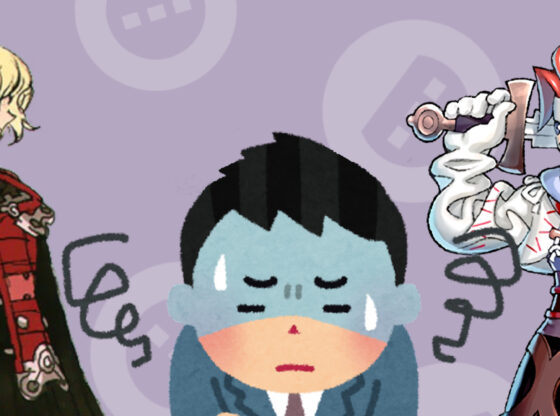
Not YU-NO